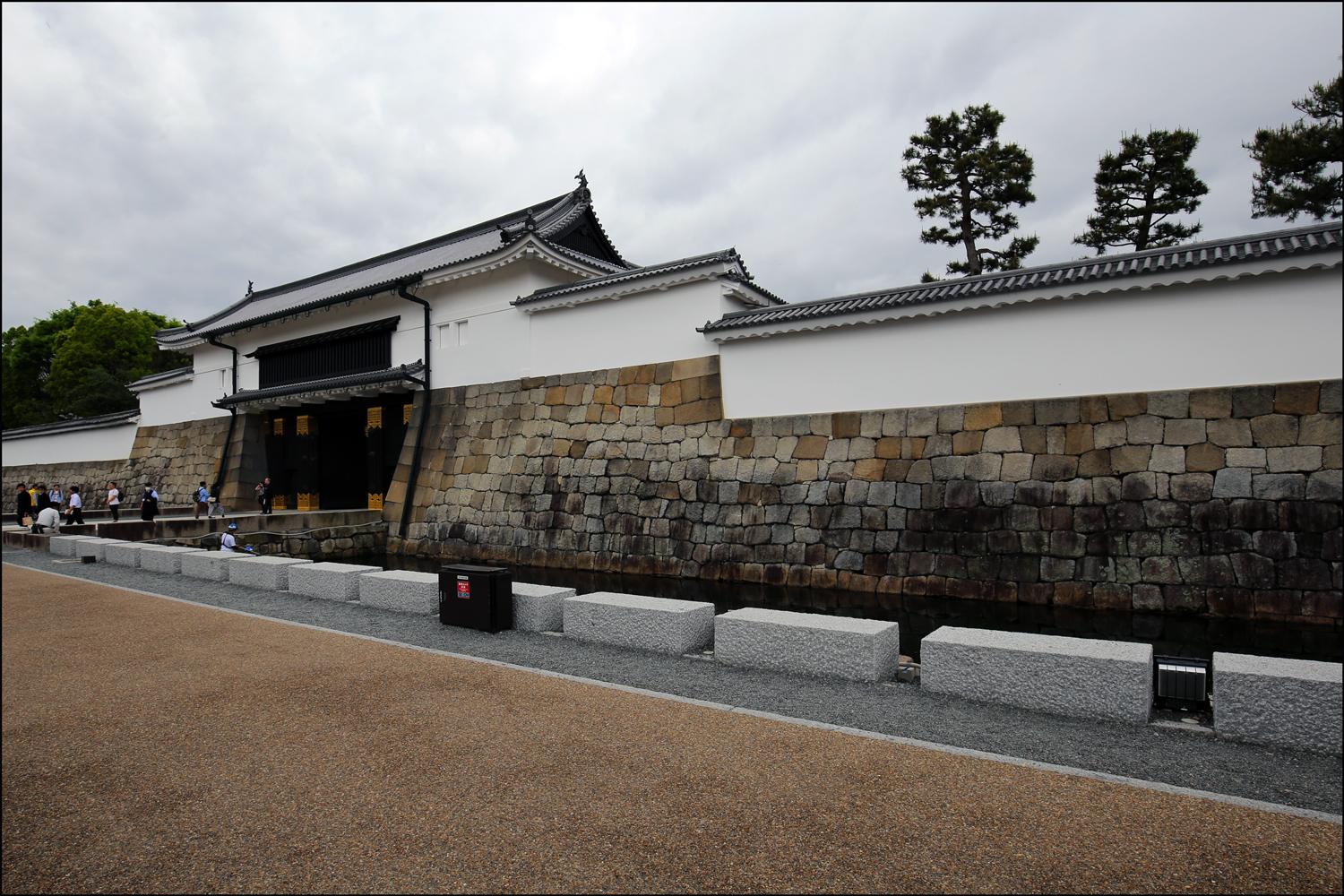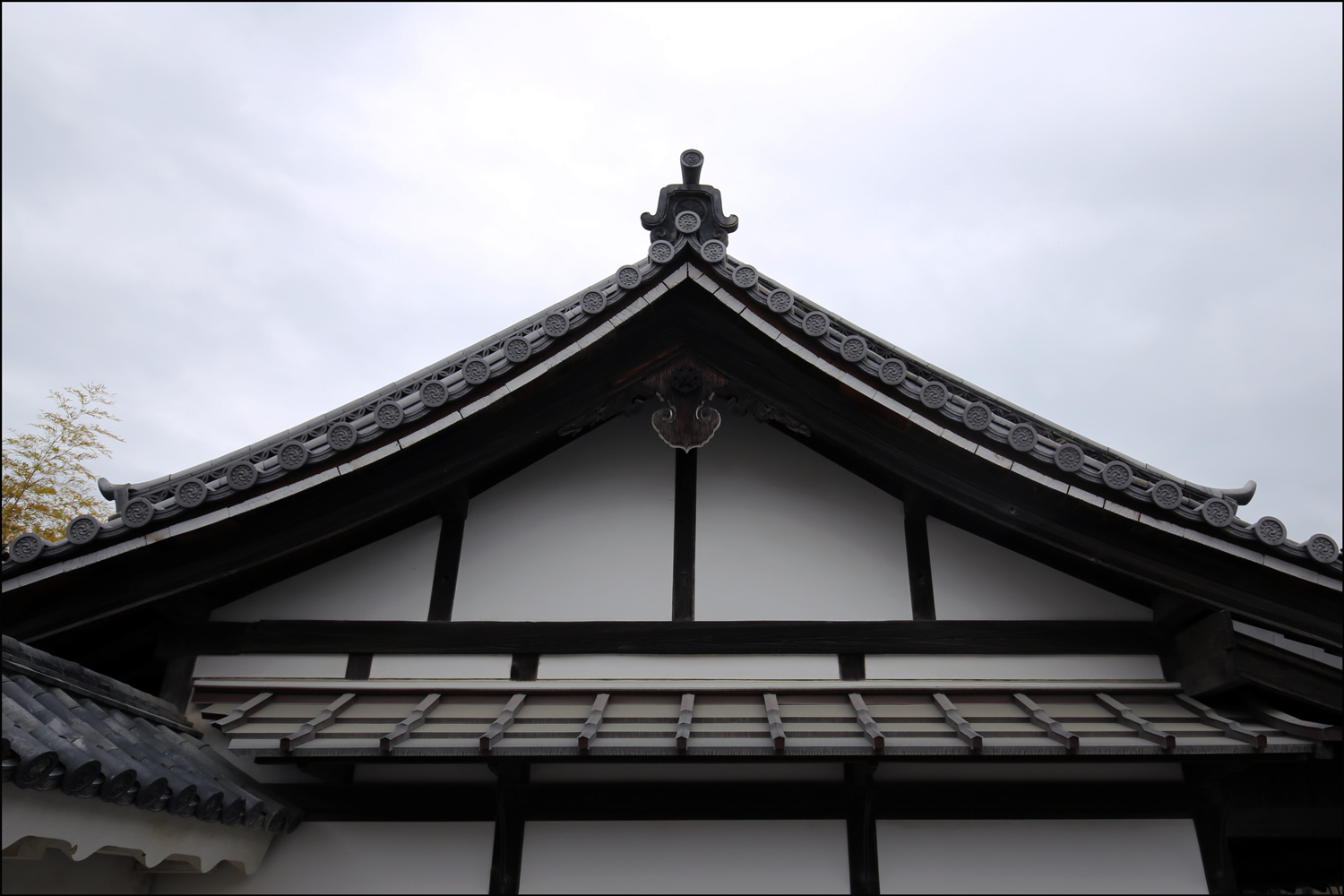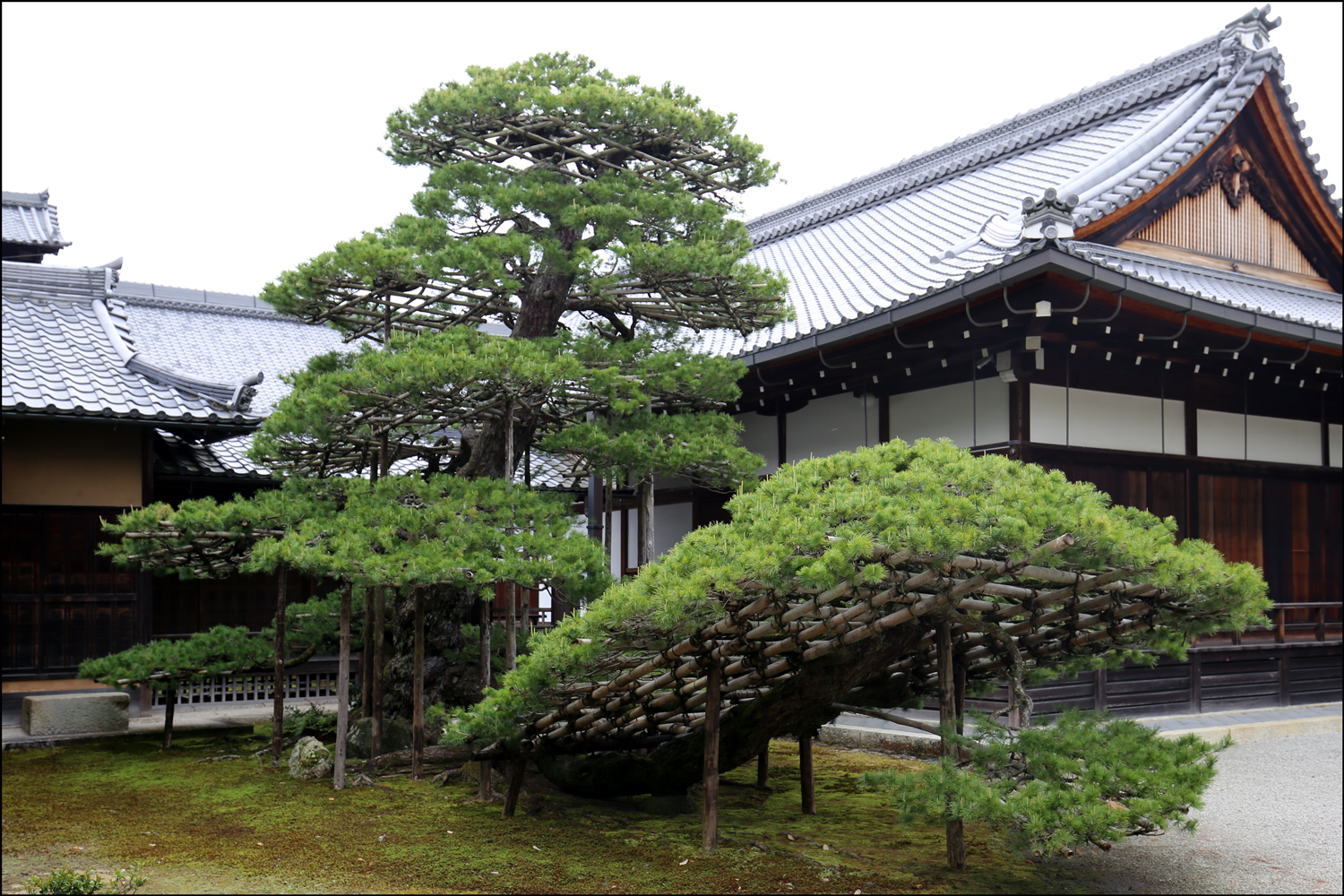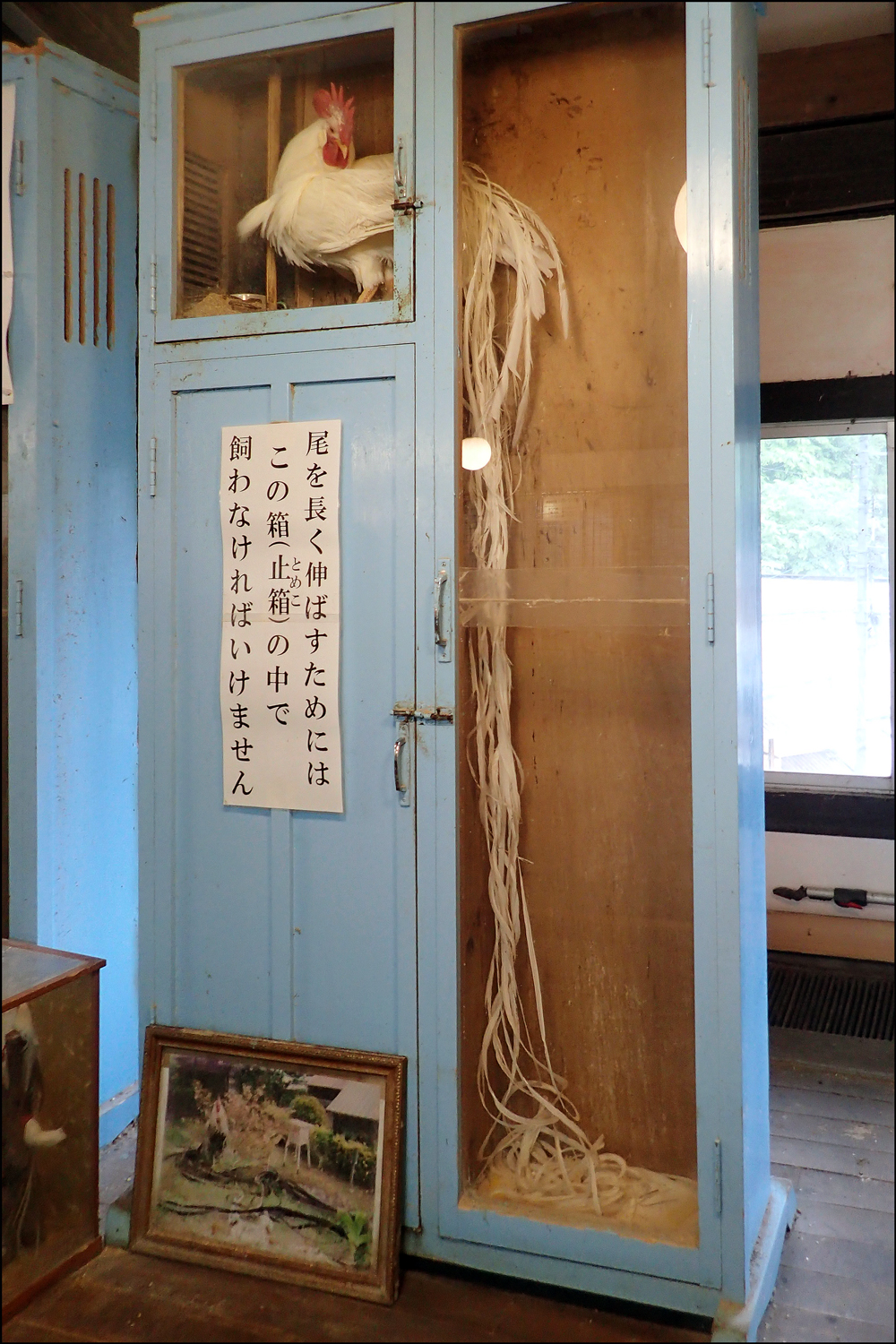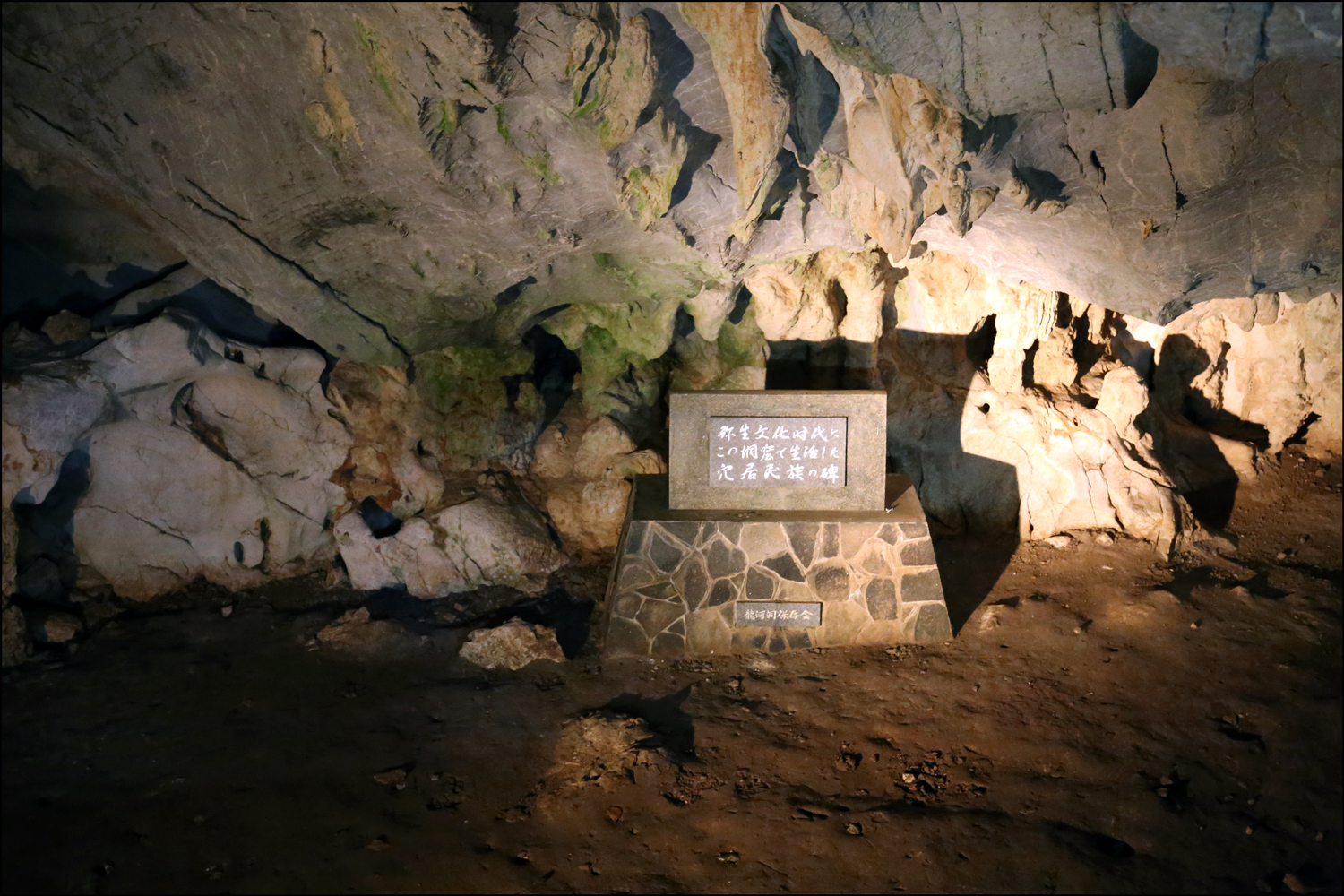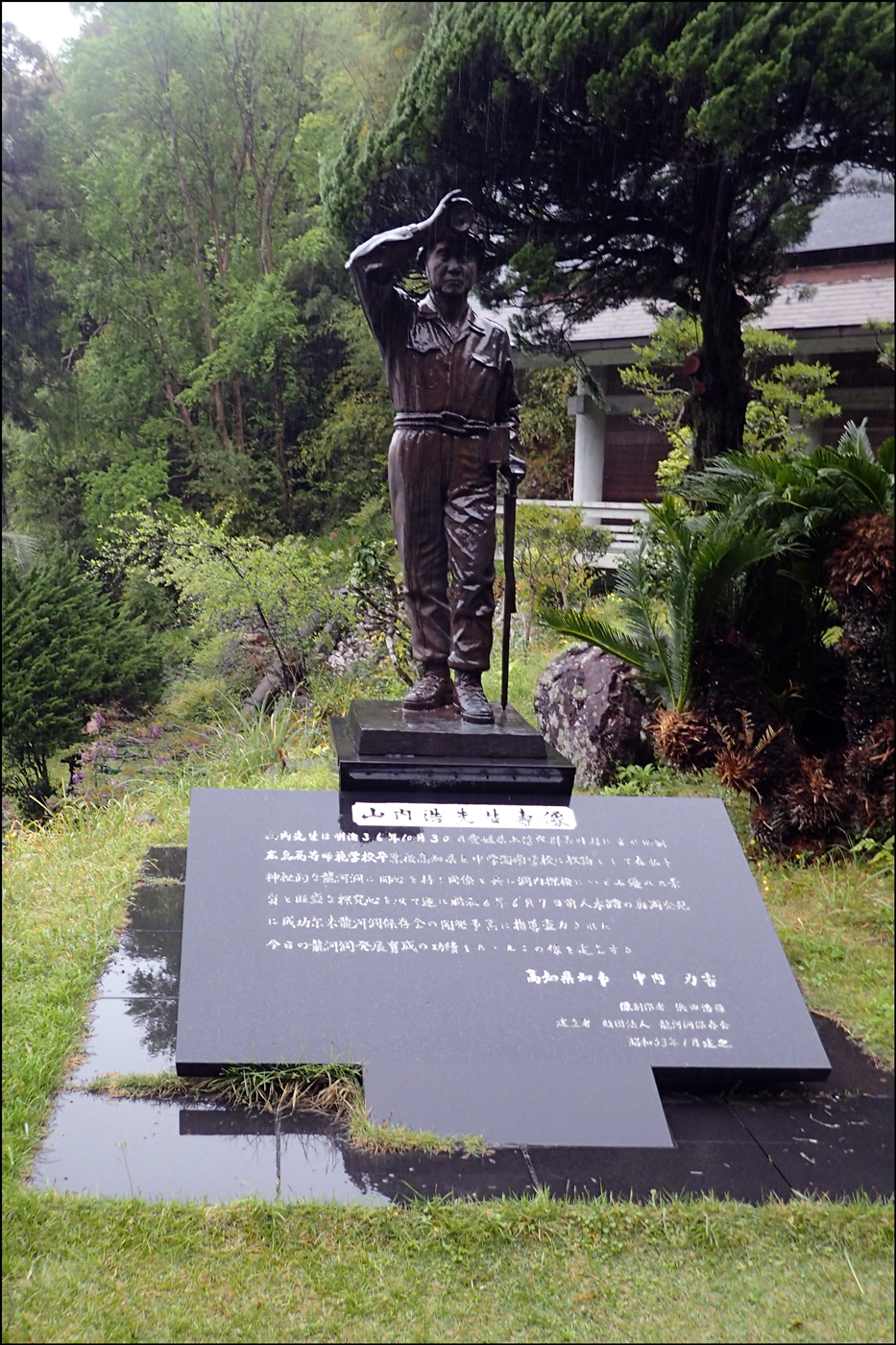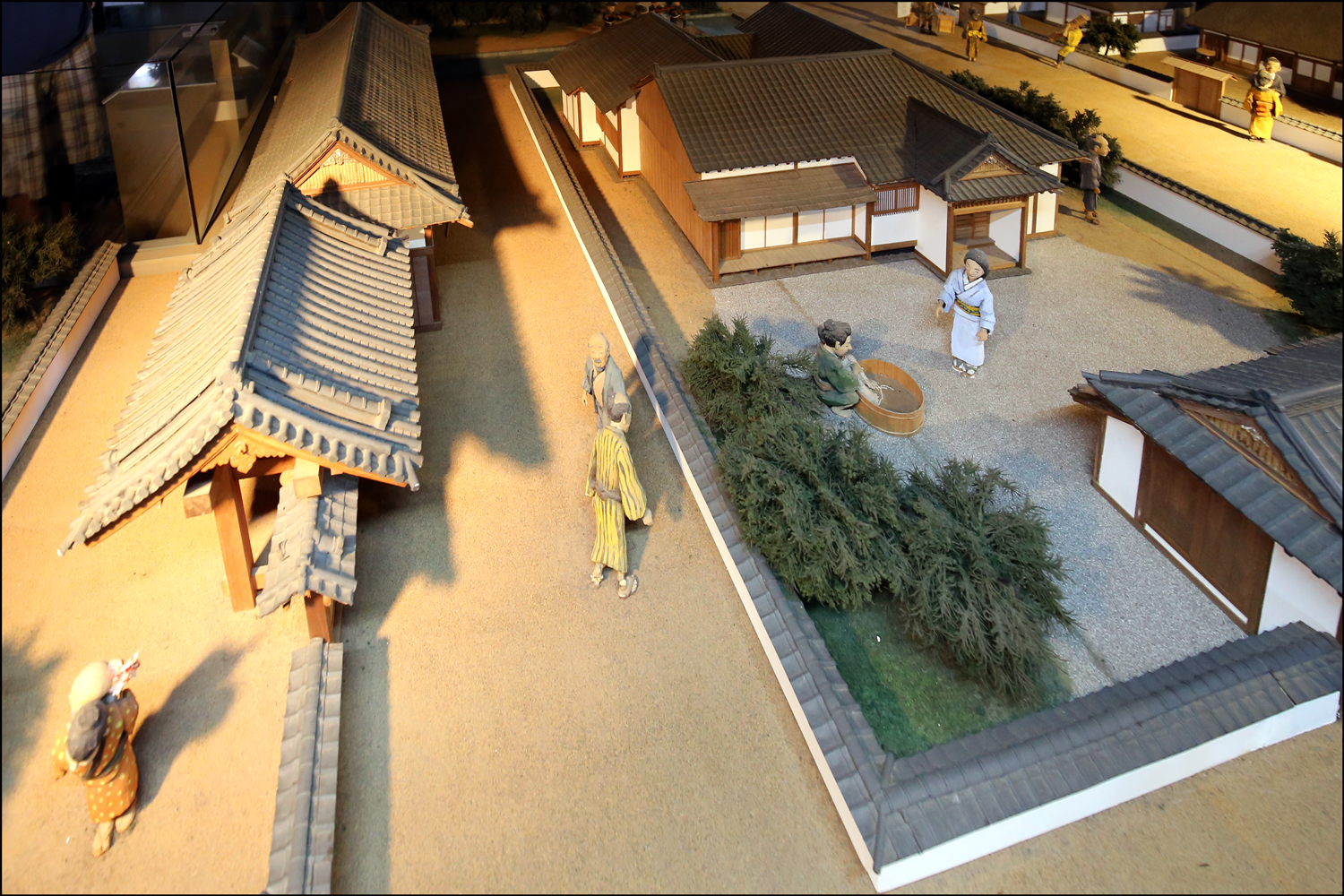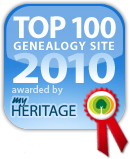The Hōjūjidono in the Higashiyama district of Kyōto, Japan was the home of the Cloistered Emperor Shirakawa II, and Sanjūsangen-d is a Buddhist temple on the site, originally built in 1164 for Emperor Shirakawa.
Sanjūsangen-dō is famous for its long hondō (main hall) containing 1001 sculptures of standing Thousand-armed Kannon. Sculptures also include 28 standing attendants, a statue of Fūjin (Japanese god of the wind), a statue of Raijin (Japanese god of thunder), and a huge seated statue of Thousand-armed Kannon. Visitors were asked not to take photographs inside the temple, and so I have no pictures of these incredible sculptures.

SOURCE: Hōjūji Palace Sign (Kyōto, Kyōto Prefecture, Honshu, Japan); photographed by Stephen J. Danko on 25 April 2019.

SOURCE: Hōjūji Palace Gardens – 1 (Kyōto, Kyōto Prefecture, Honshu, Japan); photographed by Stephen J. Danko on 25 April 2019.

SOURCE: Hōjūji Palace Gardens – 2 (Kyōto, Kyōto Prefecture, Honshu, Japan); photographed by Stephen J. Danko on 25 April 2019.

SOURCE: Sanjūsangen-dō Temple (Kyōto, Kyōto Prefecture, Honshu, Japan); photographed by Stephen J. Danko on 25 April 2019.
Copyright © 2019 by Stephen J. Danko







